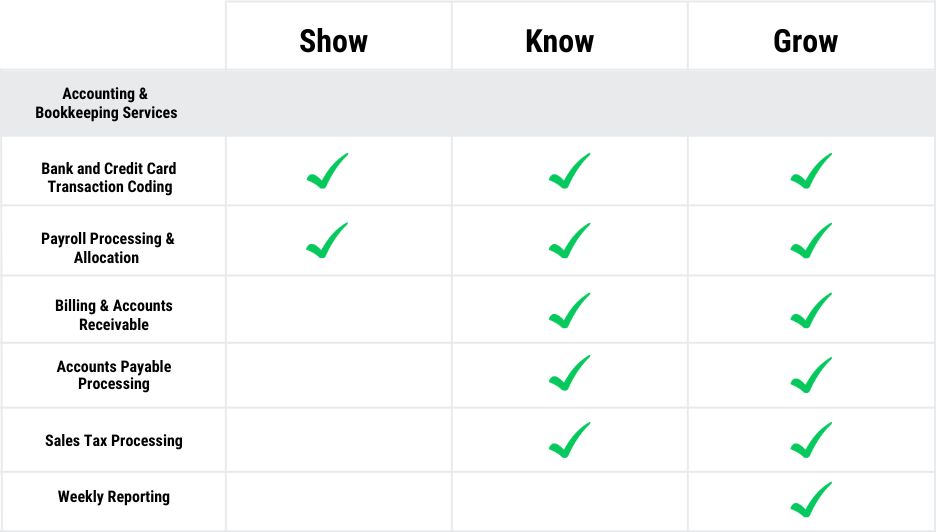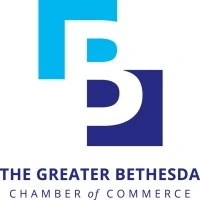
Free Cash Flow – What Does It Mean for Business Growth? Perhaps you’ve heard of “free cash flow,” especially if you’re familiar with investing.
But free cash flow isn’t just for investors. It’s also crucial in management accounting. Business owners, managers, and board members use it to evaluate company value, monitor growth, plan expansions, and avoid potential issues.
Free Cash Flow – What Does It Mean for Business Growth?
What Is Free Cash Flow in Your Business.
Free Cash Flow – What Does It Mean for Business Growth? Free Cash Flow (FCF) is the cash that a business produces through its operations, after subtracting any money spent on capital expenditures. Simply put, it’s what’s left over for your company to reinvest, pay dividends, or stash away for future growth. Understanding FCF is key to knowing how much cash is actually available for your business to grow without relying heavily on borrowing or selling assets.
Cash Flow Versus Free Cash Flow – How Are They Different?
While “cash flow” and “free cash flow” might sound similar, they aren’t the same thing.
- Cash Flow: This term covers all the money moving in and out of your business. It includes net income, operating, investing, and financing activities. In other words, it’s a measure of liquidity and tells you how well your business can pay its bills.
- Free Cash Flow: is the surplus after covering all expenses. It shows the company’s current value but doesn’t project future growth, so it’s not typically used for business valuations.
How to Calculate Your Company's Free Cash Flow
Calculating FCF involves a few steps, but don’t worry, it’s quite manageable. Here’s the breakdown:
Free cash flow (FCF) = Cash from operations (CFO) – Capital expenditures (CapEx).
FCF = CFO – CapEx
Cash from Operations
This is the starting point and represents the cash generated from the ordinary operations of your business. It includes revenues minus operating expenses. You can find this figure on your cash flow statement under the operating activities section.
CFO = Net Income + Non-Cash Expenses +/- Change in Non-Cash Net Working Capital
Non-Cash Expenses
Non-cash expenses like depreciation and amortization are then added back. These are costs that reduce net income but don’t actually involve a cash transaction. Including these gives a better picture of the actual cash available.
Non-Cash Expenses = Depreciation + Amortization + Gains/Losses on Investments + Stock-Based Compensation + Impairment Charges
Change in Non-Cash Net Working Capital
Next, adjust for changes in non-cash net working capital. This includes inventory, accounts receivable, and accounts payable. For instance, if you’ve bought more inventory and it hasn’t sold yet, that’s cash that’s tied up and not free.
Change in Non-Cash Net Working Capital = (Current Period AR – Prior Period AR) + (Current Period Inventory – Prior Period Inventory) – (Current Period AP – Prior Period AP)
Capital Expenditures
Finally, subtract capital expenditures (CapEx). These are funds used to buy, maintain, or improve fixed assets like property, buildings, or equipment. These are necessary for maintaining and growing your business but represent cash that’s spent and not readily available.
Here’s a simple formula:
CapEx = Current Period PP&E – Prior Period PP&E + Depreciation + Amortization
Putting It All Together
Free Cash Flow – What Does It Mean for Business Growth?
Combining all the components gives you:
Free Cash Flow = Net Income + (Depreciation + Amortization + Gains/Losses on Investments + Stock-Based Compensation + Impairment Charges) – ((Current Period AR – Prior Period AR) + (Current Period Inventory – Prior Period Inventory) – (Current Period AP – Prior Period AP)) – (Current Period PP&E – Prior Period PP&E + Depreciation + Amortization)
Streamlined:
Free Cash Flow = CFO – CapEx
Free Cash Flow – What Does It Mean for Business Growth?
Comparing Free Cash Flow to Other Valuation Metrics
Free Cash Flow – What Does It Mean for Business Growth?
- Free Cash Flow to Equity (FCFE) – is a metric that adjusts free cash flow by accounting for debt. It measures the value available to equity shareholders after all expenses, debts, and reinvestment costs have been paid. Essentially, FCFE represents the amount of money that can be distributed to equity shareholders.
- Free Cash Flow to Firm (FCFF) – represents a company’s enterprise value, indicating the amount of cash available to both debt and equity holders. It provides a comprehensive view of a company’s financial health by showing the total cash flow generated by the firm’s operations.
- EBITDA (Earnings Before Interest, Taxes, Depreciation, and Amortization) – is a widely used metric for business valuation. It reflects a company’s value by excluding the effects of its financing and accounting decisions. EBITDA is calculated by adding interest, taxes, depreciation, and amortization back into net income. Because it uses accrual accounting, EBITDA heavily considers the decisions and expectations of a company’s management and board, providing insights into operational performance.

Free Cash Flow – What Does It Mean for Business Growth?
Use Free Cash Flow to Grow Your Business.
Using FCF for business growth is like having a versatile toolbox. Here’s how you might use it:
- Reinvestment: With FCF, you can reinvest in your business. Whether it’s expanding operations, developing new products, or acquiring new technology, having extra cash allows you to seize growth opportunities quickly.
- Debt Reduction: Pay down existing debt to lower interest expenses and strengthen your balance sheet.
- Dividends: If your company is reaping significant FCF, distributing dividends to shareholders can be a wise move. This not only keeps them happy but also attracts more investors.
- Savings: Having a rainy day fund can be invaluable for future uncertainties or downturns.
Tips to Boost Free Cash Flow
Increasing your FCF doesn’t always mean cutting costs drastically. Here are some friendly tips to consider:
- Lower interest rates and optimize repayments by restructuring debts.
- Limit, reduce, or delay capital expenditures where feasible.
- Hire an experienced CFO; fractional/part-time ones can develop efficient strategies balancing management needs.
Monitoring 3 key documents, income statements, balance sheets and cash flow statements, and integrating FCF into strategic planning facilitates clear decision-making aimed at profitability.
Enhance Your FCF with SecureCFO Outsourced Accounting Services!
Outsourcing accounting reduces inefficiencies and costs while lessening internal burdens, allowing businesses to focus on revenue-generating activities. Accurate, timely accounting insights enable prudent strategic moves, achieving liquidity and capital targets, and fostering productive investments and expansions.
As a certified CFO, I bring a robust blend of expertise and accreditation to the table, ensuring that my strategic financial management and controller services not only aligns with industry best practices but also drives substantial value and innovation in the services sector. My certification is a testament to my commitment to excellence and my capability to navigate complex financial landscapes effectively, making me a trusted advisor in your journey towards greater profitability and business success.
Start mastering your financials today! Dive deeper into how outsourced accounting services can revolutionize your business strategy and lead to sustained profitability. Don’t wait, unlock your business’s full potential now!




